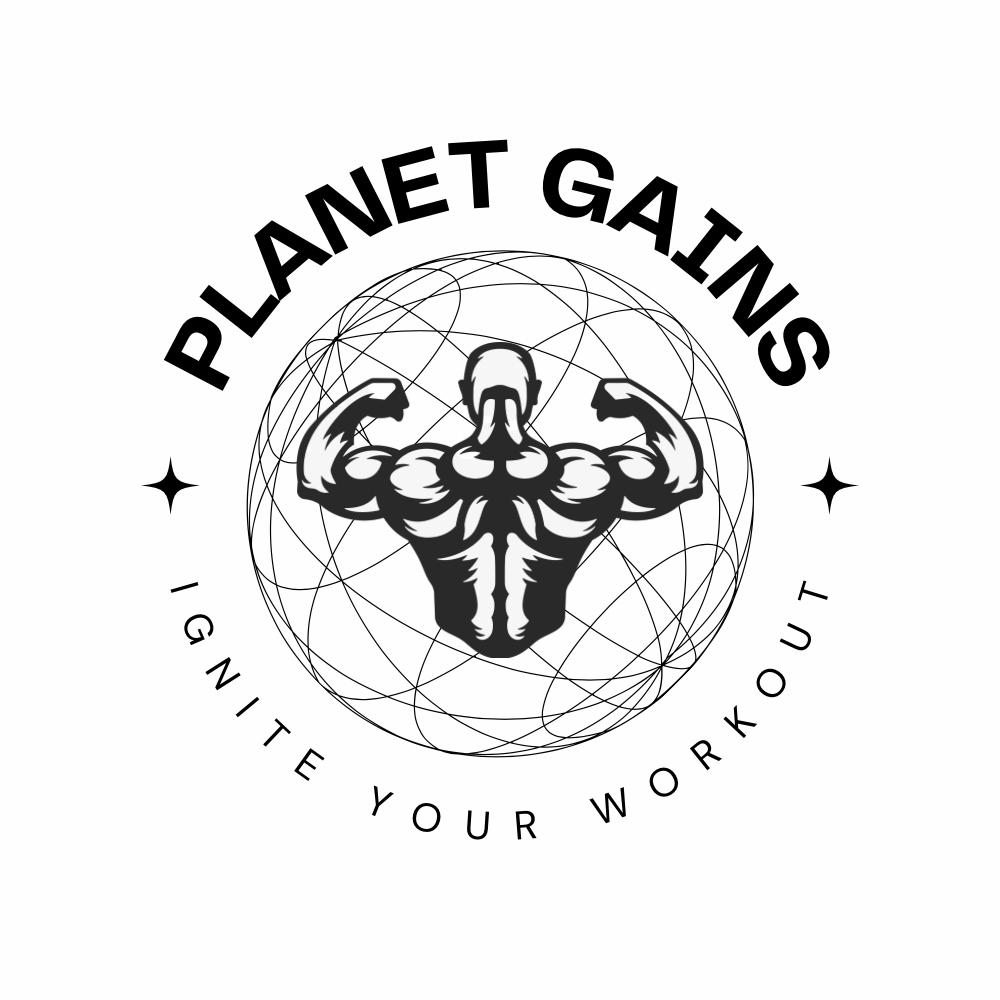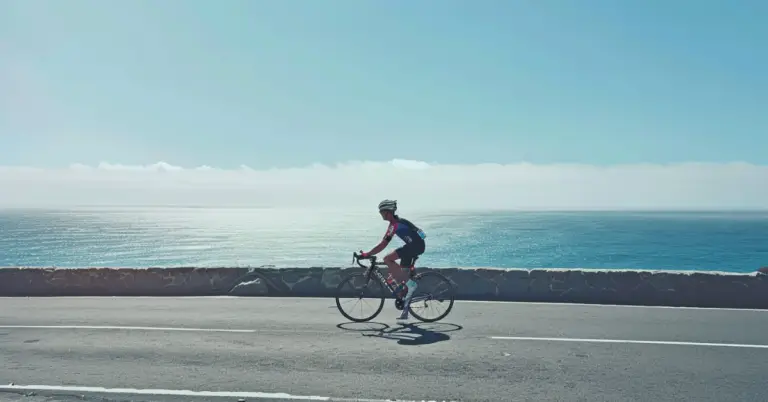📦 FREE Shipping
How Are Cycling Shorts Supposed to Fit? Find Your Size 2024!

Cycling is not just about the bike or the distance—it’s also about how I dress for the performance, and that means giving special attention to my choice of cycling shorts. You might wonder: How Are Cycling Shorts Supposed to Fit?
The right pair of cycling shorts is a game changer; it can mean the difference between a comfortable ride and one filled with discomfort. Getting the fit right is crucial because these shorts are designed to provide support and reduce chafing on longer rides. They should fit like a second skin, snug and secure without being restrictive, allowing me freedom of movement and maximum comfort.

Choosing the right material is equally important when it comes to cycling shorts. I’ve learned that the best ones are generally made from stretchy, moisture-wicking fabrics like nylon and polyester. These materials keep me dry and prevent the shorts from moving around, which is essential when spending hours in the saddle. The shorts typically come with a padded insert called a chamois, which adds cushioning and helps to prevent saddle sores. This pad should fit close to my skin to avoid any unnecessary movement that might cause irritation.
All of this technical design has a simple goal: to keep me pedaling longer and more comfortably. It’s exhilarating to think about how a piece of clothing can enhance my biking experience! I just have to size up according to a reliable size chart and always try before I buy, since the fit can vary between brands and styles. Properly fitted cycling shorts can indeed elevate my ride from just good to great!
Essentials of Cycling Shorts Fit
When I look for cycling shorts, my aim is to find the sweet spot between comfort and performance. A snug fit is paramount—these beauties should hug my contours rather closely. I’m talking about a fit that’s smooth and sleek, without any pinching or bunching to distract me from my ride.
Here’s my quick guide to what I watch for:
- Snug Fit: Cycling shorts must be snug but not overly tight. They’re designed to reduce air resistance and avoid chafing.
- Material: Look for a blend of Lycra or Spandex and nylon for stretchability and durability.
- Breathability: I make sure the fabric is breathable to keep me dry and comfortable.
- Compression: The right shorts offer light compression to support my muscles without restricting movement.
- Flexibility: A good pair of shorts moves with me, allowing full pedaling motion.
Here’s a simple table I check for material properties:
| Material | Benefits |
|---|---|
| Lycra/Spandex | High elasticity, snug fit, freedom of movement |
| Nylon | Abrasion resistance, durability, retains shape |
| Polyester | Moisture-wicking, quick-drying, breathable |
Cycling shorts should feel like a second skin. They’re typically tight-fitting to support my muscles and improve blood flow during long rides. It’s always exciting to slip on a pair that feels just right—it’s like my legs thank me with every pedal stroke! To ensure I’ve nailed the fit, I rely on size charts and sometimes try before I buy. Comfort and functionality are my guiding stars here. Riding in well-fitted cycling shorts isn’t just a preference; it’s a game-changer for my cycling adventures!
Key Features of Quality Bike Shorts

When I slide into a pair of quality bike shorts, I know right away they’re built for both comfort and performance. The padding hugs the right places, and the seams move with me, not against me. It’s all about those thoughtful details.
Padding and Protection
My cycling experience is transformed by the padding, or chamois, that works as a cushion between me and the saddle. A top-notch chamois should offer multi-density padding, giving me the protection I need without unnecessary bulk. To keep discomfort at bay, I go for shorts with a padded chamois that is breathable and can wick away moisture effectively. And for long rides, I always have some chamois cream on hand to reduce friction and prevent chafing.
Seams and Stitches
Seams can make or break my ride. Flatlock stitching is my best friend because it means no chafing and durable seams that keep up with my most vigorous pedaling. I check that the seams contour to my body, enhancing movement and providing strength where it’s needed. Plus, well-placed seams contribute to the overall fit, ensuring the shorts stay snug and comfortable.
Avoiding Common Discomforts
I know the joy of a long ride can be quickly dampened by the discomfort of poor fitting shorts. Here’s how I avoid common issues like chafing and saddle sores.
Combating Chafing
When it comes to chafing, moisture-wicking fabrics are my best friends. I choose shorts that draw sweat away from my body, keeping me dry and reducing friction. Another game-changer for me is the fit around the thigh – I make sure my shorts have good-quality leg grippers. Silicone grip bands are great because they prevent the fabric from bunching up and causing irritation.
Preventing Saddle Sores
Saddle sores were a nightmare for me until I got the hang of fit: snug but not restrictive. It’s crucial that the padding stays close to my skin without any wrinkles or excess material that can bunch up. In my experience, a pair of shorts with a precise, anatomical fit significantly reduces the risk of sores and bruising from extended saddle contact. I also swear by the antibacterial properties of some pads, which keep things extra hygienic down there.
Cycling Shorts for Different Riders
When I hit the road or the trails, I know that the right pair of cycling shorts is crucial for both comfort and performance. Here’s how I differentiate them based on style and rider needs.
Bibs Versus Waist Shorts
I have found that bibs offer a comfortable, snug fit without an elastic waistband, making them a top choice for road cycling and long-distance touring. The straps over the shoulders keep the shorts in place, which means no awkward tugging during my ride. On the other hand, waist shorts are more convenient, especially for quick rides or for commuters. They are easier to take on and off, super when I need to make a pit stop.
Rider-Specific Shorts
For road cycling, I love the sleek fit of cycling bib shorts which provide aero advantages and are built for speed. Cyclocross riders may opt for bib shorts that are cut to cater to my more dynamic movement, with materials that stand up to the sport’s rigor. For touring, it’s all about comfort on those long rides, so a pair of bib shorts with a well-cushioned chamois works wonders for me. Meanwhile, commuters might lean towards waist shorts or even bibs with more casual styling and ample pocket space for practicality.
Frequently Asked Questions about How Are Cycling Shorts Supposed to Fit?
I’m thrilled to share some of the most common questions about how cycling shorts should fit. In my experience, the right fit not only boosts comfort but also enhances performance.
What should I look for in a proper fit for women’s padded bike shorts?
For women’s padded bike shorts, I ensure they fit snugly yet comfortably around my waist and thighs without pinching. The padding, called the chamois, should align perfectly under me providing a smooth surface with no bunching.
How can I tell if my men’s cycling shorts are perfectly sized?
My men’s cycling shorts should feel like a second skin without any discomfort. The elastic bands at the waist and thigh shouldn’t dig in, and the shorts should stay in place without shifting during my ride.
Should women’s bike shorts have a specific type of fit?
Absolutely! Women’s bike shorts should be contoured to fit my body’s natural shape, providing support where needed while ensuring the shorts don’t rise up or slip down as I pedal.
What are the key indicators that my bike shorts are too big?
If my bike shorts are too big, I notice sagging fabric, a chamois that doesn’t stay in place, or a lack of compression. Excess material can lead to chafing and discomfort on long rides.
Is sizing up or down a good strategy for bike shorts fitting?
In my experience, sticking to the manufacturer’s sizing chart is best. Sizing up or down can compromise the essential features of bike shorts, like compression and fit, which are vital for my riding comfort.
Where exactly should my cycling shorts be sitting when I wear them?
My cycling shorts should sit flat against my skin, just above my hips, without cutting into my waist. The leg bands should be snug on my thighs to prevent them from riding up while I’m in motion.
Do you now know the answer to your question “How Are Cycling Shorts Supposed to Fit”? Make sure to also read about Spinning Endurance Workout or How Can You prevent injury while cycling?.





